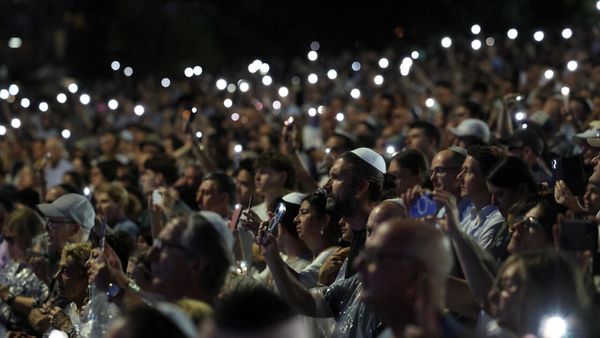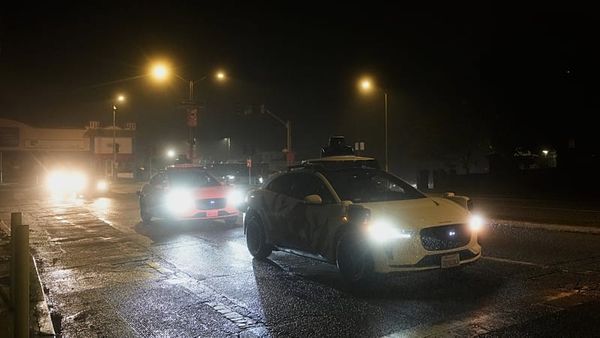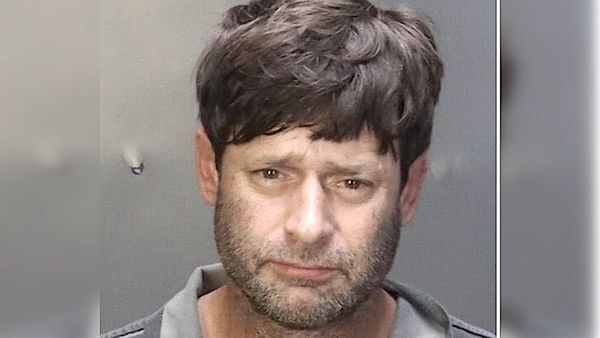

Nepal has just seen its most dramatic uprising in decades, after a government‑imposed social media ban tipped an already frustrated generation into the streets. What began as college students marching with books in hand has ended with the national parliament building going up in flames, 22 people dead, and the Prime Minister stepping down.
Why a social media ban in Nepal became a breaking point
Last week, Nepal’s government abruptly cut access to 26 social media platforms – including Instagram, WhatsApp and Facebook – saying the companies had failed to register with the Ministry of Communication and Information Technology. Officials defended the decision as a way to combat hate speech, fake news and online fraud.
But protests erupted almost immediately, with many young people linking the shutdown to a broader crackdown on dissent. With more than 90 per cent of Nepal’s 30 million citizens online, per Al Jazeera, the blackout felt like a cut to daily life.
Under pressure from the streets, the government repealed the ban by Tuesday. By then, it was too late – protests had grown into a national movement.

What happened on the ground
On Monday, thousands of Gen Z Nepalis, many of whom were students, stormed through Kathmandu and beyond. Police responded with batons, tear gas, rubber bullets – and in some cases, live rounds. According to officials, at least 19 people died that day alone and close to 200 were injured.
College student Pabi Tandukar told Al Jazeera, “We were there for a peaceful protest. They were initially firing tear gas at us and we were pushing back. Suddenly, I was shot.”
By Tuesday, images from Kathmandu showed the iconic parliament complex on fire, thick smoke rising over the capital. Protesters also set alight the headquarters of the Nepali Congress Party and the residence of former PM Sher Bahadur Deuba, while homes of other politicians were vandalised across cities. At least three more people died, bringing the toll to 22.
Police said more than 100 wounded protesters and 28 officers were being treated in hospital, with injured demonstrators ferried on motorcycles through city streets.

Nepali leaders resign
Faced with spiralling unrest, Prime Minister KP Sharma Oli resigned on Tuesday. His office said he had stepped down “to pave the way for a constitutional solution”. Home Minister Ramesh Lekhak also quit, citing “moral responsibility” for the deaths.
The country now finds itself with no clear leadership. Army chief General Ashok Raj Sigdel warned protesters against “taking advantage of the adverse situation” through looting and arson, but also called for dialogue. Security forces remain on the streets, with curfews imposed across Kathmandu.
Gen Z leading the change
Though lacking central leadership, the protests have been organised online by student groups and youth collectives. College students joined in uniform, while videos showed even schoolchildren chanting against corruption.
For many, slogans like “Shut down corruption, not social media” and “Unban social media” carried the weight of a deeper frustration over corruption, nepotism and broken promises in Nepal’s democratic system.
Content creator Subhana Budhathoki told BBC Nepali, “Gen Z will not stop now. This protest is about more than just social media – it’s about silencing our voices, and we won’t let that happen.”
A parallel trend also coloured the uprising — #NepoBaby and #NepoKids. The hashtags exploded after TikTok and Instagram clips mocked the lavish lifestyles of political families – designer clothes, foreign holidays, luxury cars – at odds with regular Nepalis’ struggles. For many marching, anger at corruption has fused with anger at nepotism.
The trend had spread from the Phillipines, where TikTokers are also exposing the corruption within their own government following deadly floods earlier this year.
What happens next in Nepal?
With the government in turmoil, the parliament damaged, and crowds still on the streets, Nepal faces its biggest generational reckoning in years.
Human Rights Watch called on officials not to view protests solely as a law enforcement problem but as an outpouring against entrenched corruption and inequality.
Locals are actively grieving the loss of their fellow protesters, nervous of what comes next. “This might be the victory, but what’s gonna happen next,” writes one TikToker.
“We won, but at what cost,” another posted.
“We don’t know how it is going to unfold, anarchy or whether, you know, we might face some constitutional crisis and we have a lot of right-wing extremist groups as well here,” civil society activist Dovan Rai told the ABC.
“There’s also the fear of the army … it’s also very alarming.”
For many, the question is whether or not a new, younger class will finally hold the privileged to account and a new, anti-corrupt government may emerge.
Nepal’s parliament may be scorched, but the country’s youth aren’t done talking — online or off.
Lead image: TikTok
The post What Drove Gen Z Nepal’s Deadly Uprising? How a Social Media Ban Sparked Change appeared first on PEDESTRIAN.TV .







